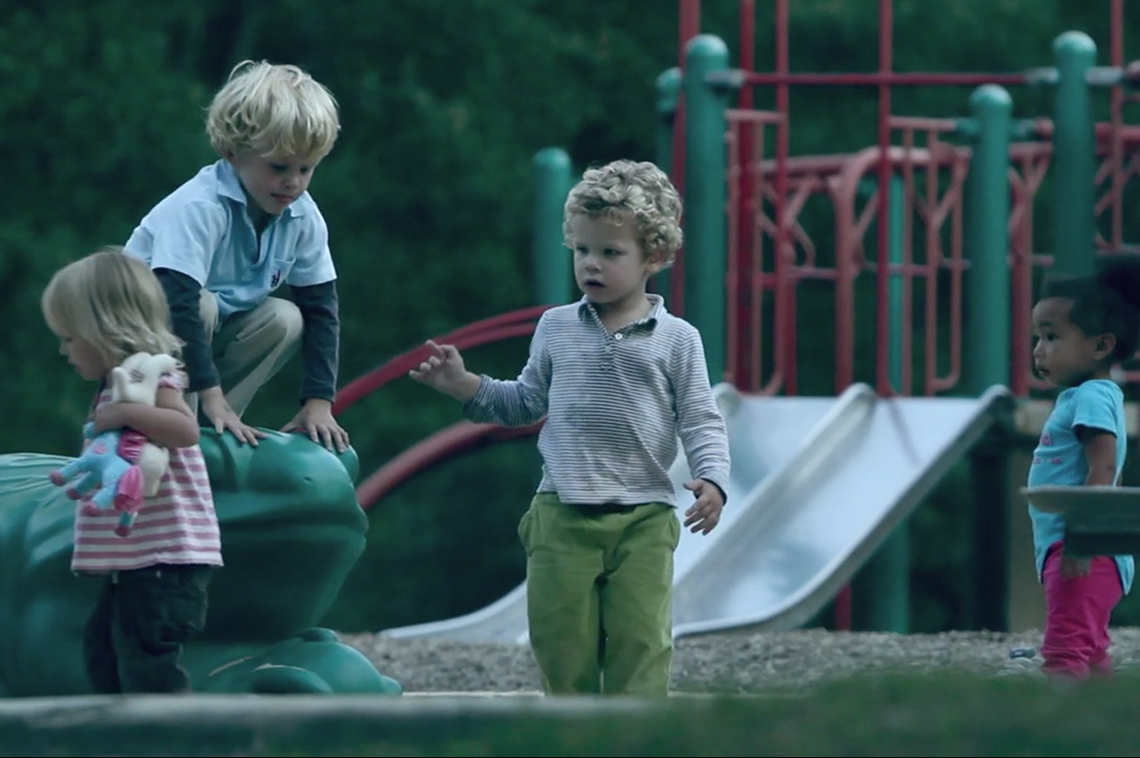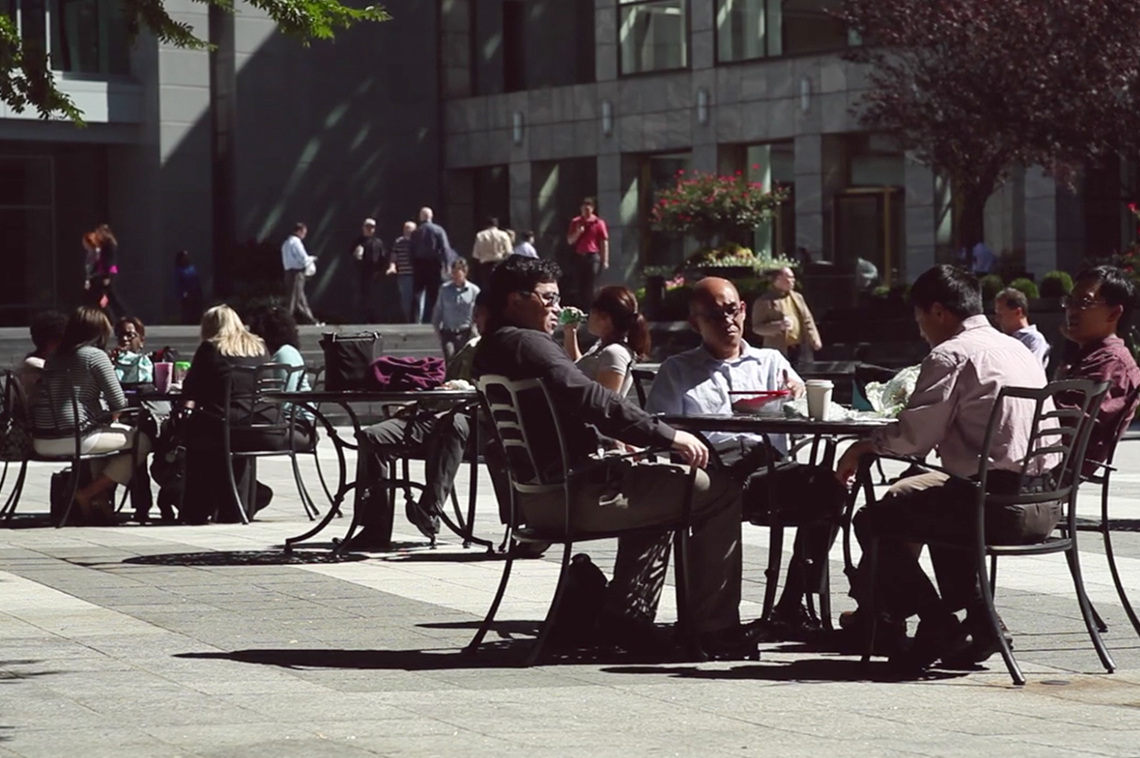

As ArtPlace's research director I find myself in countless cross sector conversations across the country. Whether I’m on a panel myself or in the audience at someone else’s presentation, my job is to listen for alignments and to look for opportunities to connect the arts to other community development efforts and agendas. Two things have jumped out at me in the past couple months.
The first is that a lot of people outside of the arts point to the 2010 Gallup / Knight Soul of the Community study as central to their work.
I know the top three Soul of the Community findings by heart thanks to my time working at the National Endowment for the Arts. It was a big deal, both then and now, to learn that those surveyed identified “social offerings, openness, and aesthetics” as more important factors than great schools, a strong local economy, or safe streets when considering how attached they are to their community. The arts, of course, are inherently intertwined with social offerings, openness, and aesthetics.
But when an epidemiologist and public health professor recently cited "aesthetics" as the finding that compelled her to pursue a new line of research about community well-being in relation to beauty in the built environment, and when a representative of Welcoming America cited the study’s emphasis on "openness" as a critical condition for immigrant integration and, by extension, local economic development... I started to grasp the power of the study beyond what it’s done for the arts sector. It has steadily – and thrillingly, in my opinion – refocused researchers and practitioners alike on the messy, beautiful, and human measures that truly matter.
The second, and in many ways related, idea that has emerged over the past few months is that a lot of sectors care about “social cohesion,” but many of us struggle with how to talk about it, how to measure it, and whether or not it’s valid to hold up as a crucial precondition to any kind of community development success.
Is social cohesion about how comfortable we feel saying hello to someone who doesn’t look like us at the bus stop? Or how confident we feel that someone would return our wallet if we lost it on the street? Or is it about how engaged we and our neighbors are in local politics and civic life, as evidenced by our voting and volunteering habits? Or perhaps it’s about sharing an identity, cultural or otherwise.
What is the difference between “social cohesion” – the word that I hear most often from ArtPlace grantees – and “social capital,” as I recently heard economist Raj Chetty discuss? And is it the same thing as, or something slightly different from, sociologist Robert Sampson’s notion of “collective efficacy”? How does it align with the dimensions of “social wellbeing” put forth by Mark Stern and Susan Seifert at the University of Pennsylvania, Social Impact of the Arts Project (SIAP)?
These are all questions that we are going to continue to ask as our first three field scans wrap up and we begin thinking about cross cutting themes for our working groups in 2016. After doing some initial information gathering about the existing literature, we are also considering an open call for ways to measure social cohesion. Some of our grantees are measuring change in their community in really creative ways, and we’d love to lift up those evaluation practices and place them alongside ideas and methods from other practitioners across creative placemaking and non-arts fields. I’d welcome any thoughts or feedback as this effort take shape!





